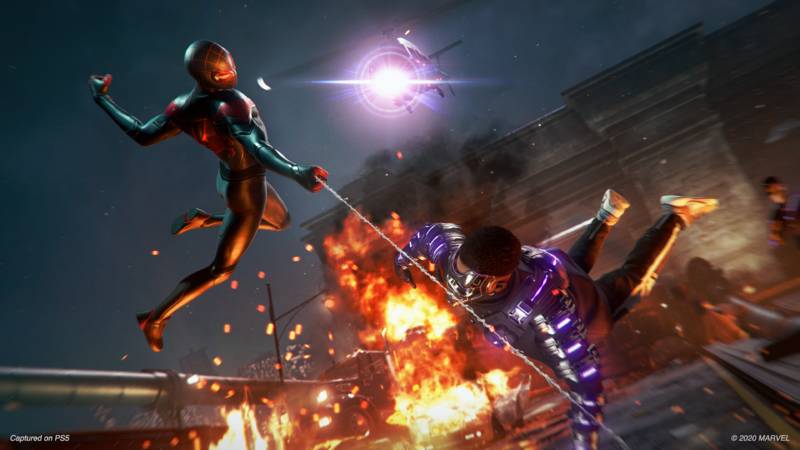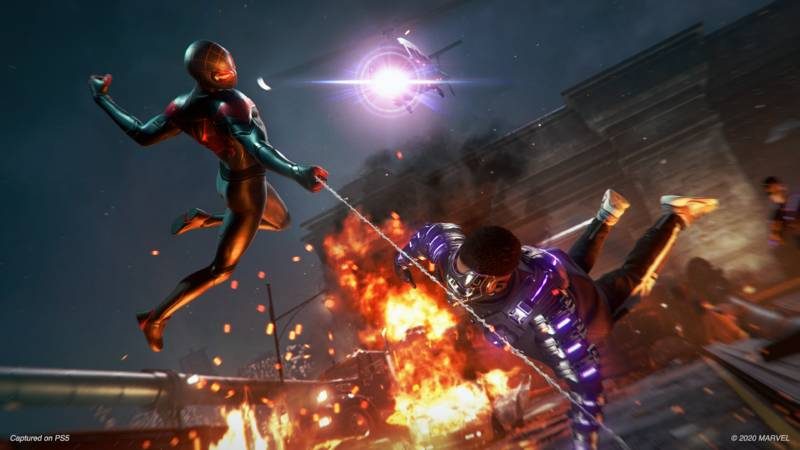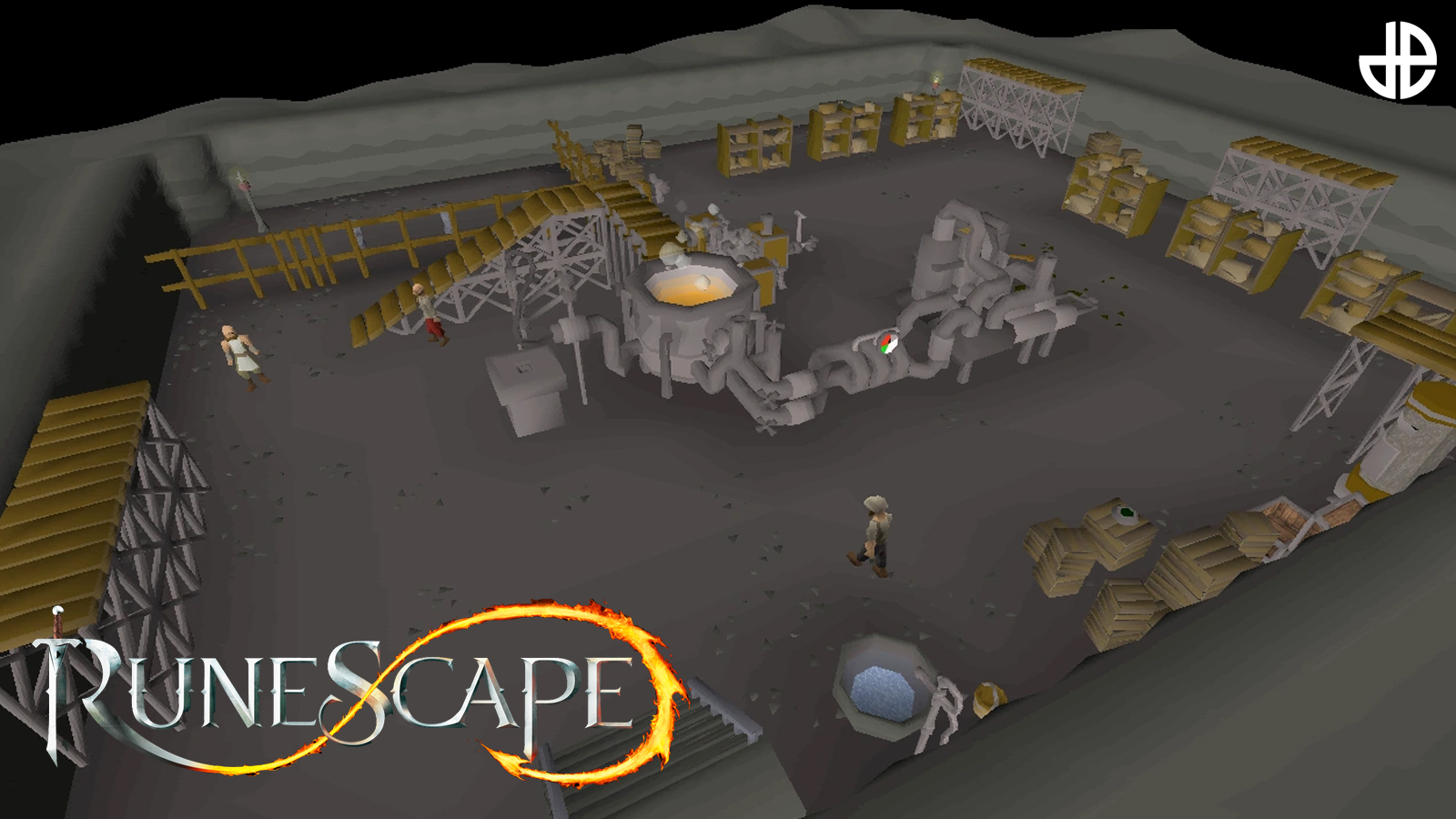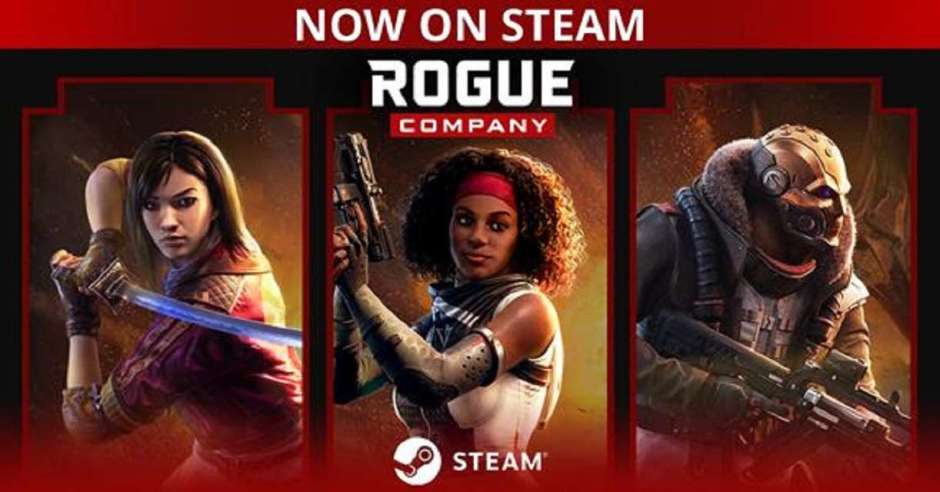
A new PS5 update is rolling out this week that will bring variable refresh rate (VRR, for short) to Sony’s console – a feature that will improve the performance of various PS5 games.
The news comes as a surprise as Sony previously stated that VRR support would arrive in the “months ahead”. However, it appears that the company has managed to expedite the process, revealing on the PlayStation Blog that VRR support is coming to every PS5 this week.
VRR is a long-awaited feature that’s topped the wish lists of PS5 owners who have compatible displays, especially as both the Xbox Series X and Xbox Series S have long embraced the display technology.
As outlined by Sony, VRR requires a compatible TV and PC monitor with HDMI 2.1. VRR is a common feature on the best TVs and it primarily helps eliminate screen tearing, which occurs when your TV’s image refresh rate isn’t in sync with whatever game you’re playing. With the PS5 VRR update, your TV’s display will get synced to the console output to stop any screen tearing without impacting a game’s performance.

This isn’t all VRR can do, though: it also helps combat other common display problems, especially in games with stuttering or frame rate drops. It can also help lower input latency, making games feel more responsive.
Some PS5 games will receive specific optimization patches for VRR. Thankfully, Sony has already announced a pretty sizable selection:
- Astro’s Playroom
- Call of Duty: Vanguard
- Call of Duty: Black Ops Cold War
- Destiny 2
- Devil May Cry 5 Special Edition
- DIRT 5
- Godfall
- Marvel’s Spider-Man Remastered
- Marvel’s Spider-Man: Miles Morales
- Ratchet & Clank: Rift Apart
- Resident Evil Village
- Tiny Tina’s Wonderlands
- Tom Clancy’s Rainbow Six Siege
- Tribes of Midgard
Insomniac Games has also announced that VRR support is coming this week to a number of its games, which means Ratchet and Clank: Rift Apart, Marvel’s Spider-Man, and Marvel’s Spider-Man: Miles Morales will be some of the first to get patches.
According to Insomniac, those who use VRR on a 120Hz display will get a variable, uncapped frame rate that can exceed your chosen graphic mode’s 30 or 60fps target by 50% or more (depending on gameplay).
Arkane Studio, developers of Deathloop, has also announced that VRR support is coming to the time-looping shooter, which should provide smoother performance and tackle any screen tearing.
We’re excited to announce that DEATHLOOP supports Variable Refresh Rate (VRR) on PS5!When VRR arrives on your PS5 console, check out this support page for all the details on how to activate this new feature. ?https://t.co/JV04KgJ7fA https://t.co/It4FH7q8ieApril 25, 2022
See more
Of course, not every game will receive a VRR-specific patch, but that doesn’t mean they can’t take advantage of the technology. Users will be able to apply VRR to “unsupported games” at a system level, which should – in theory – benefit every title. However, if unexpected visual effects occur, you can always switch this off.
It’s worth noting that games that have a frame rate below 40fps tend not to benefit from VRR. 30fps titles, for example, will fall below the usual VRR window, where the technology kicks in to help smooth out gameplay. That means a game like Bloodborne, which has a notoriously stuttery 30fps frame rate, won’t benefit.
However, something like Ghostwire Tokyo, which has multiple high frame rate modes, the majority of which are either unstable or exhibit screen tearing, will benefit immensely from VRR.
A fantastic feature, but one more remains
We’re delighted that PS5 is finally getting VRR support, particularly as we thought we’d have to wait a good few months before it arrived. However, there’s still one big feature missing from the PS5, and that’s 1440p support.
When connected to a 1440p display, the PS5 will only output at 1080p, albeit with downscaling. While this helps provide a crisp 1080p image, users who own a 1440p display and have a PS5 hooked up are missing out on 78% of the pixels by being locked to 1080p.
This is a huge oversight, then, particularly as many PS5 owners might use a 1440p monitor. Hopefully, this issue is addressed sooner or later, as it’s a feature that’s been available on Xbox One and Xbox Series X|S for a number of years.
If you want to know more about variable refresh rate, check out our ‘What is VRR?’ guide, which breaks down all the things you need to know about the display technology.



